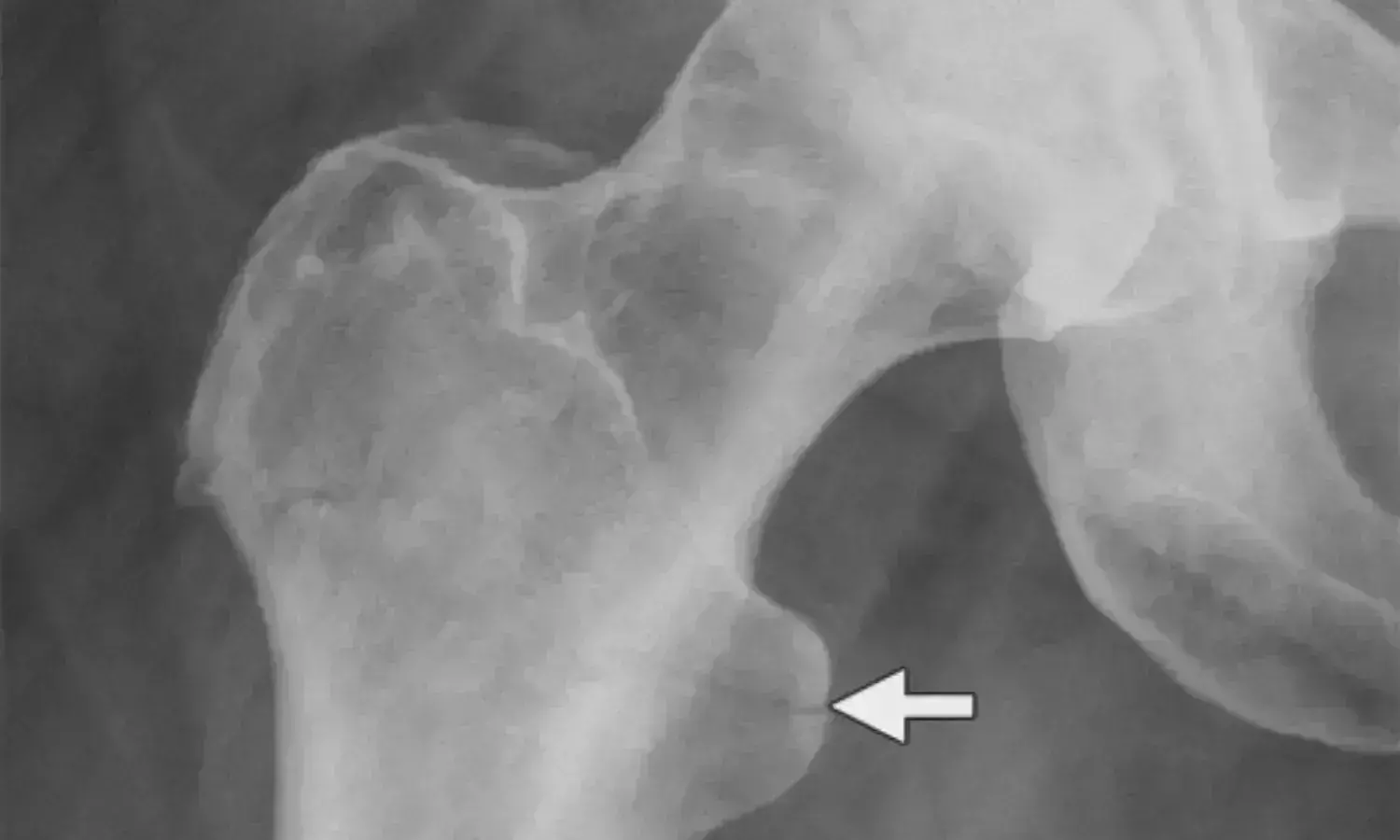- Home
- Medical news & Guidelines
- Anesthesiology
- Cardiology and CTVS
- Critical Care
- Dentistry
- Dermatology
- Diabetes and Endocrinology
- ENT
- Gastroenterology
- Medicine
- Nephrology
- Neurology
- Obstretics-Gynaecology
- Oncology
- Ophthalmology
- Orthopaedics
- Pediatrics-Neonatology
- Psychiatry
- Pulmonology
- Radiology
- Surgery
- Urology
- Laboratory Medicine
- Diet
- Nursing
- Paramedical
- Physiotherapy
- Health news
- Fact Check
- Bone Health Fact Check
- Brain Health Fact Check
- Cancer Related Fact Check
- Child Care Fact Check
- Dental and oral health fact check
- Diabetes and metabolic health fact check
- Diet and Nutrition Fact Check
- Eye and ENT Care Fact Check
- Fitness fact check
- Gut health fact check
- Heart health fact check
- Kidney health fact check
- Medical education fact check
- Men's health fact check
- Respiratory fact check
- Skin and hair care fact check
- Vaccine and Immunization fact check
- Women's health fact check
- AYUSH
- State News
- Andaman and Nicobar Islands
- Andhra Pradesh
- Arunachal Pradesh
- Assam
- Bihar
- Chandigarh
- Chattisgarh
- Dadra and Nagar Haveli
- Daman and Diu
- Delhi
- Goa
- Gujarat
- Haryana
- Himachal Pradesh
- Jammu & Kashmir
- Jharkhand
- Karnataka
- Kerala
- Ladakh
- Lakshadweep
- Madhya Pradesh
- Maharashtra
- Manipur
- Meghalaya
- Mizoram
- Nagaland
- Odisha
- Puducherry
- Punjab
- Rajasthan
- Sikkim
- Tamil Nadu
- Telangana
- Tripura
- Uttar Pradesh
- Uttrakhand
- West Bengal
- Medical Education
- Industry
Rare case of Fat Embolism Syndrome with Multiple Small Pulmonary Emboli After Femur Fracture ORIF: A report

Recently published case report discussed a case report of a 56-year-old female patient who developed Fat Embolism Syndrome (FES) and multiple small pulmonary emboli following open reduction internal fixation (ORIF) of a left femur fracture. FES is a rare but potentially fatal complication of orthopedic injuries, particularly long bone fractures. The syndrome is caused by the release of fat globules into the bloodstream, resulting in the obstruction of blood vessels and subsequent tissue damage. The incidence of FES in patients with long bone fractures has been reported in 0.5-11%, with the highest risk for morbidity and mortality in those with pre-existing respiratory or cardiovascular complications. Diagnostic criteria for FES include respiratory distress, neurological dysfunction, and a petechial rash, or specific criteria proposed by Gurd and Wilson.
Recognition and Treatment of FES and Pulmonary Emboli
The research highlighted that prompt recognition and treatment of FES and pulmonary emboli in patients undergoing orthopedic procedures are critical for improving outcomes and preventing mortality. The treatment for FES primarily involves supportive measures, while pulmonary embolism is typically managed with anticoagulant therapy. However, the decision to administer anticoagulants in patients with FES needs to be carefully weighed against potential bleeding risks. The study emphasized the importance of maintaining a high index of suspicion for FES and pulmonary emboli in patients undergoing orthopedic procedures and called for further research to identify risk factors and devise optimal treatment strategies for these complications. The case report underscored the need for awareness about the possibility of FES and maintaining a high index of suspicion during the intraoperative course.
The paper also noted that the patient was managed with supportive care, including mechanical ventilation, fluid resuscitation, vasopressor support, and heparin administration to prevent further clot propagation. The authors highlighted that management of FES varies on a case-by-case basis, and prompt recognition and treatment are crucial in improving outcomes and preventing patient morbidity and mortality.
Conclusion
In conclusion, the research paper presented a case report of FES and multiple small pulmonary emboli following ORIF of a left femur fracture, emphasizing the need for prompt recognition and treatment to improve outcomes in patients undergoing orthopedic procedures. The study also underscored the importance of maintaining a high index of suspicion for these complications and called for further research to devise optimal treatment strategies for FES and pulmonary emboli in this patient population.
Reference -
Hacker A, Irvine D S, MacDougal S, et al. (September 19, 2023) The Development of Fat Embolism Syndrome (FES) and Multiple Small Pulmonary Emboli Following Open Reduction Internal Fixation (ORIF) of a Left Femur Fracture: A Case Report. Cureus 15(9): e45551. doi:10.7759/cureus.45551
MBBS, MD (Anaesthesiology), FNB (Cardiac Anaesthesiology)
Dr Monish Raut is a practicing Cardiac Anesthesiologist. He completed his MBBS at Government Medical College, Nagpur, and pursued his MD in Anesthesiology at BJ Medical College, Pune. Further specializing in Cardiac Anesthesiology, Dr Raut earned his FNB in Cardiac Anesthesiology from Sir Ganga Ram Hospital, Delhi.


